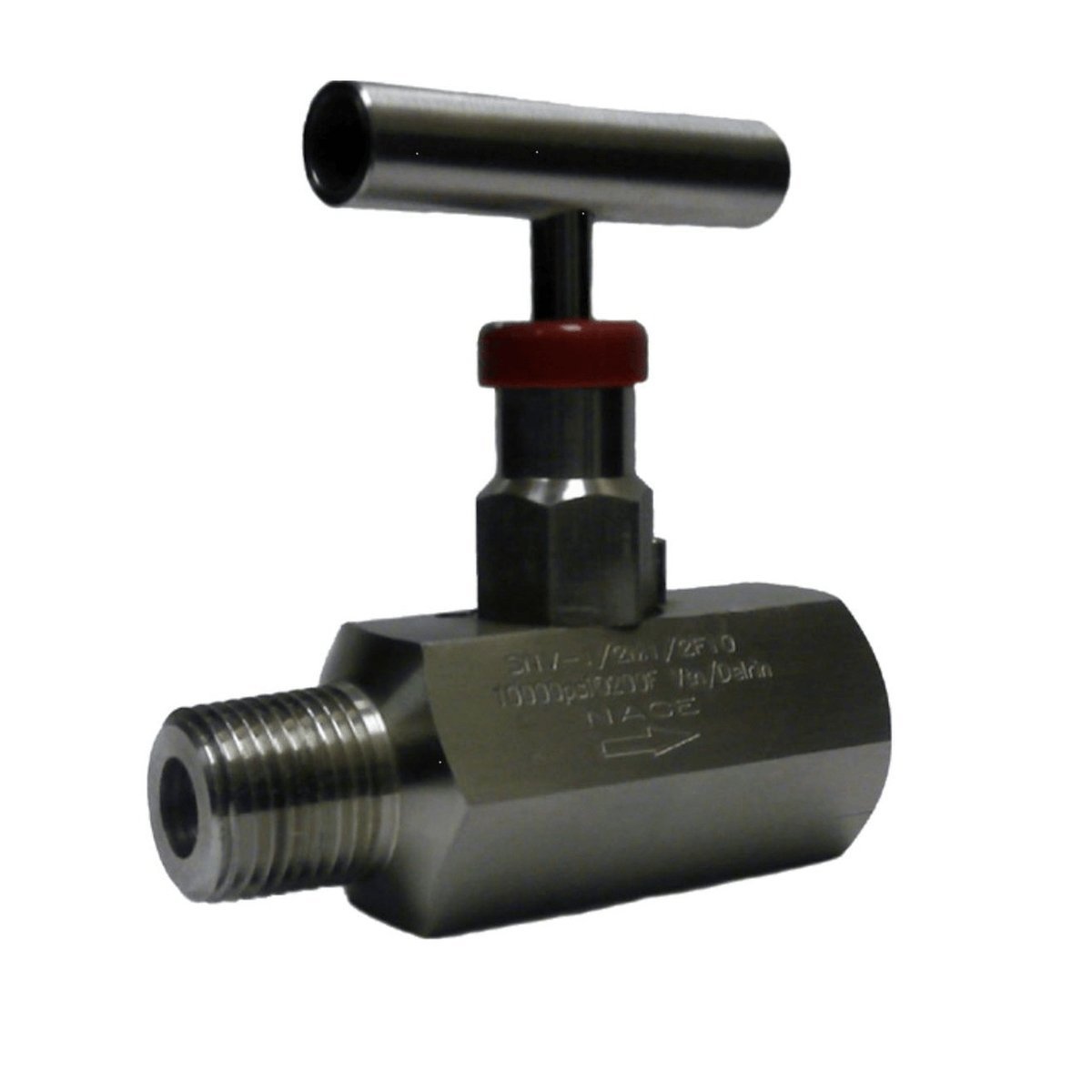I have requested MTRs 3 times with no response
I have been contacting you for over a week to return wrong items.I have not heard from you. Thank you
Butterfly Valves:
Butterfly Valves are used for isolating and regulating flow. The closing mechanism is a disc that allows for quick shut off, much like a ball valve. Butterfly valves are light in weight so they require less support. Unlike the ball valve, the disc is always present within the flow, therefore a pressure drop is always induced during flow, regardless of valve position. The disc is typically rotated a quarter turn when the valve is fully opened, but the valve may also be opened incrementally in order to throttle flow.
Needle Valves:
Needle Valves have a small port and a threaded, needle-shaped plunger allowing precise regulation of flow, although it is generally only capable of relatively low flow rates. It uses a tapered pin to gradually open a space for a fine control of flow. The flow can be controlled and regulated with the use of a spindle.
Since it takes many turns of the fine-threaded screw to retract the plunger, precise regulation of the flow rate is possible.
Check Valves:
Check Valves allow fluid (liquid or gas) to flow through it in only one direction. They are two port valves, meaning they have two opening in the body, one for the fluid to enter, the other for it to exit. Check valves work automatically and most are not controlled by a person or any external control; accordingly, most do not have any valve handle or stem. The bodies (external shells) of most check valves are made of plastic or metal.
An important concept in check valves is the cracking pressure which is the minimum upstream pressure at which the valve will operate. Typically the check valve is designed for and can therefore be specified for a specific cracking pressure.
Ball Valves:
Ball Valves are a form of a quarter turn valve that uses a hollow, perforated and pivoting ball (“floating ball”) to control flow. It is open when the ball’s hole is in line with the flow and when the handle is flat in alignment. When the ball is pivoted at 90° by the valve handle and when the handle is perpendicular to it, it is closed. This makes it easy for visual confirmation of the valves status. They are durable, performing well after many cycles, and reliable, closing securely even after long periods of disuse.
Sign up for our newsletter and be the first to know about coupons and special promotions.
© 2024, Trupply LLC Powered by Shopify
I have requested MTRs 3 times with no response
I have been contacting you for over a week to return wrong items.I have not heard from you. Thank you

